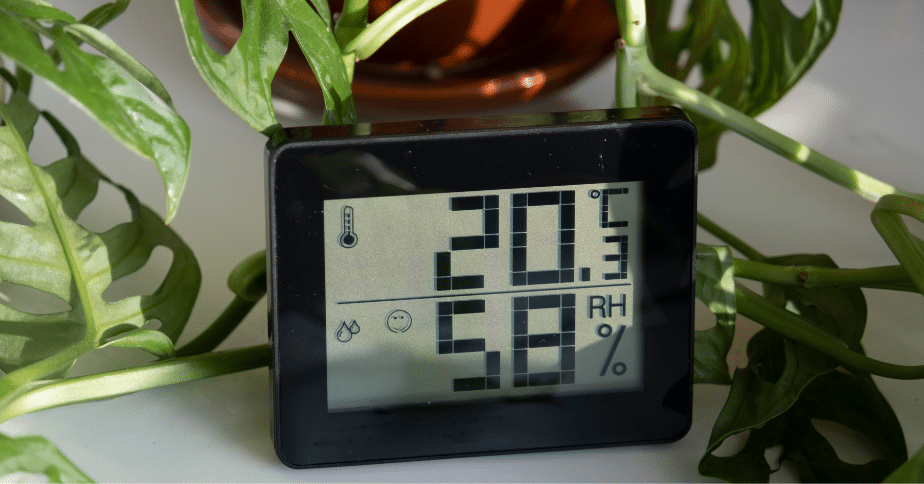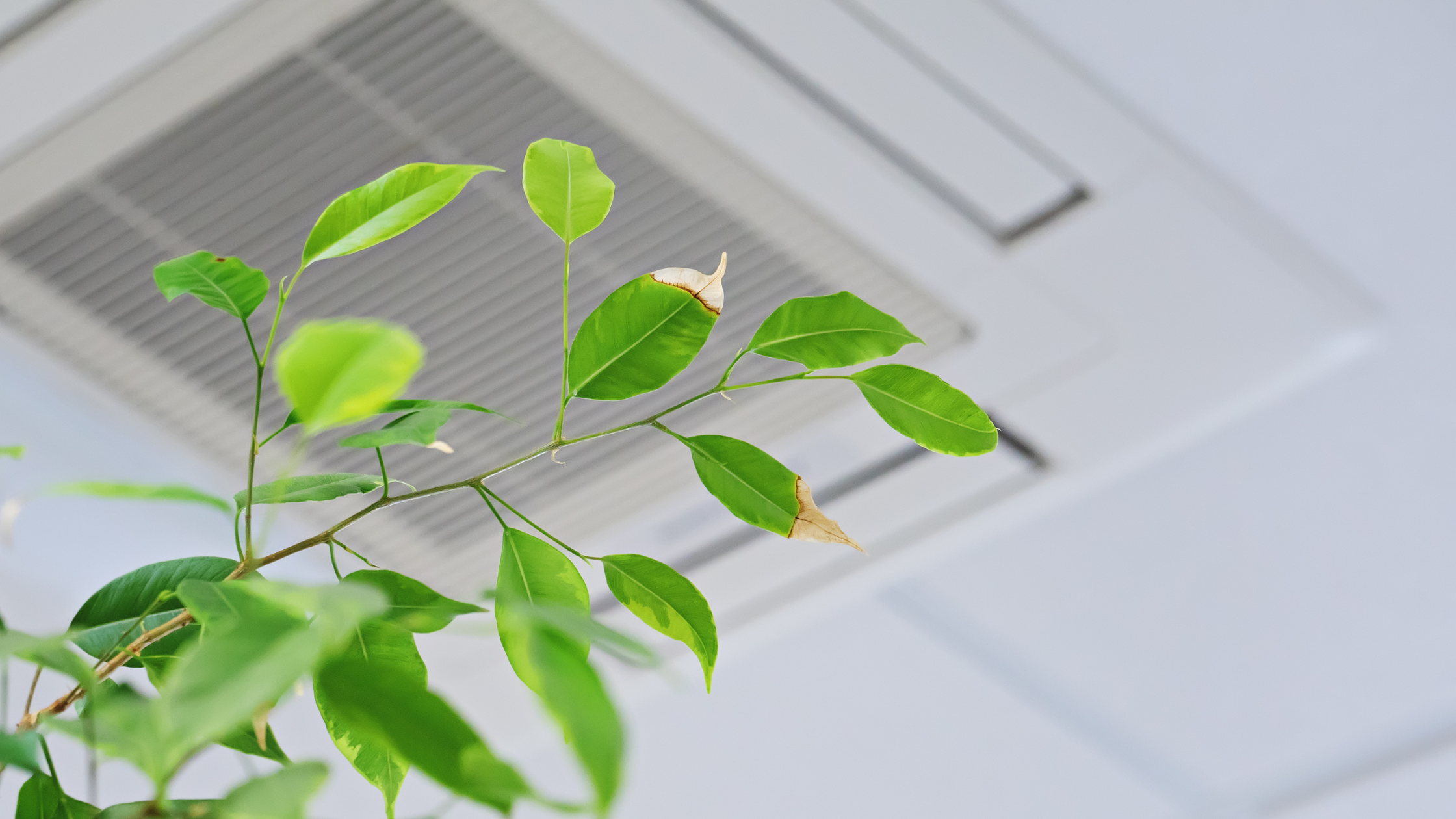What Does a Mold Inspection Look Like?

A mold inspection can make all the difference between a healthy, comfortable home and an unsafe, hazardous home. If you aren’t sure when to schedule a mold inspection or what the testing process even entails, take some time to read ahead.
How Do You Know You Need a Mold Inspection?
First things first: why would you need a mold inspection in the first place? Unfortunately, household mold is an extremely common problem. Many homeowners don’t even realize the attack that their home is under and the risks that mold growth poses to their health. Mold finds its home in a variety of environments, including carpet, furniture, bathrooms, kitchens, basement and attics.
Not all mold problems are visible to the naked eye, but a few pretty good indicators of mold growth in your home include the following.
● Recent flooding or storm damage
If your home has recently seen some leaky windows, door frames, or basement flooding, chances are high that moisture penetration occurred. Particularly if your basement leaks during storms, carefully check your flooring, furniture, and walls for moisture damage. Unattended moisture almost always turns into mold growth.
● Allergy symptoms or respiratory issues
Did you know that hidden mold affects your health? If you notice itchy eyes, a sore throat, coughing, sneezing, or difficulty breathing, it might be more than seasonal allergies. Airborne mold spores become harmful to your respiratory system when ingested. Both short-term and long-term health issues can occur if the problem is not dealt with.
● Moisture damage to structure of home
Back to flooding and storm damage: sometimes, the water worms its way into your home’s structure. Unfortunately, you can’t always see the inner workings of your home’s structure. To locate hidden problems and maintain the integrity of the building, it is a good idea to get mold and moisture testing done.
● Leaky Plumbing and Humidity
A good rule of thumb is that if you notice excess moisture in the house, a mold assessment is a good idea. Leaky faucets, humid air, and yellow spots on walls and ceilings all indicate a moisture (and therefore mold) accumulation.
How Professionals Test for Mold
If you notice several of the above problems in your own home, it is extremely important that you call a professional mold assessor. A specialist knows how to pinpoint a mold problem’s point of origin and remove it at its roots. They do so using the following process.
1. Visual Inspection
First, the mold inspector performs a walk-through of the home looking for visual signs of mold growth. Again, moisture spots on walls and ceilings, rotting wood, and black, gray, or white spots all indicate a mold problem. A mold inspector begins with the obvious problems first before working into hidden issues (e.g. moisture in the structure of the home).
2. Moisture and Humidity Testing
Next, the assessor tests for excess moisture and humidity in the air. Like the visual signs, this can help the inspector gauge the extent of potential damage.
3. Surface and Air Samples
Using swabs, tape, or other equipment, the mold specialist takes samples from various surfaces in the home. The mold assessor also takes samples of airborne pollutants to see whether or not the mold spores are being cycled through the home rather than isolated in one spot.
4. Written and Photo Documentation
To help identify the affected areas and provide evidence of the problem, a good mold inspector takes infrared and digital photos of each tested area. Good documentation is important when it comes to the transition between assessment and remediation.
5. Third-Party Analyzing
After samples of each area are taken, they are sent to a laboratory for thorough testing. This step determines what type of mold has infiltrated the home, which helps the remediation specialist know how to tackle the problem.
6. Remediation Plan
Mold assessment and remediation are different jobs performed by different people. However, once the mold inspection is complete, if mold growth was located, the remediator comes in and removes the problem at its source.
How Can Air Quality Assessors Help?
Mold, dust, and other pollutants lower your indoor air quality and weaken your immune system. If you notice that you have a problem with mold or mildew in your home, it is best to enlist the help of a professional. Contact AQA if you have any questions or concerns about mold in your home or business. With their combination of experience and knowledge, you can be assured that everything will be handled properly.



